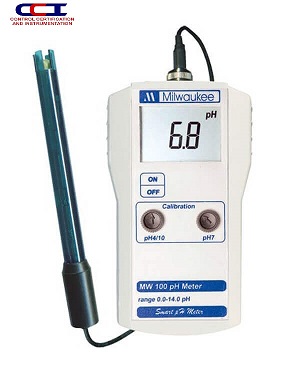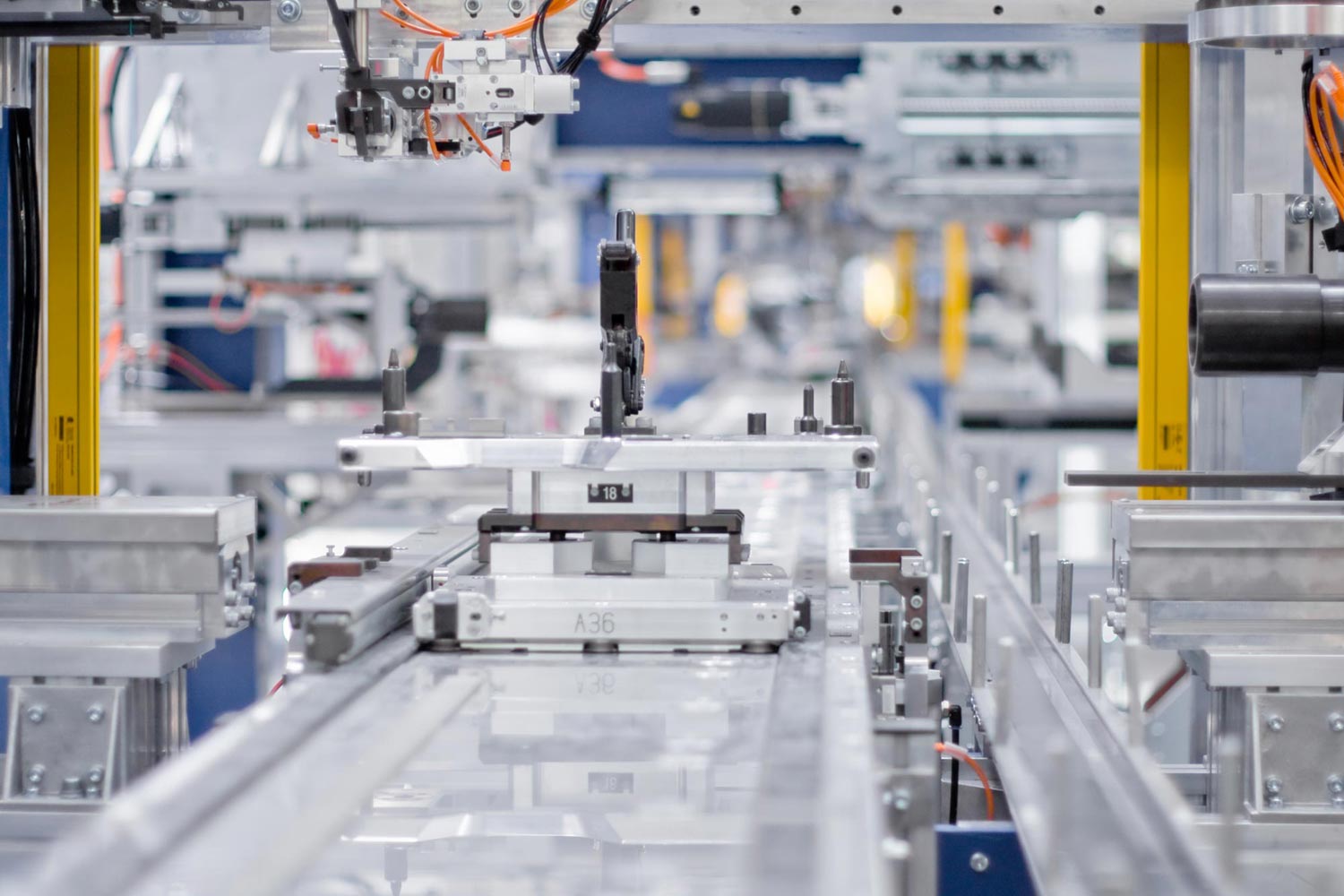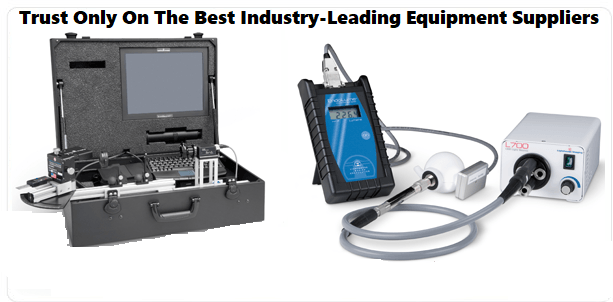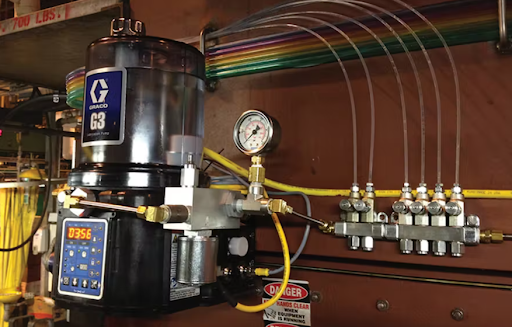If you’re a science enthusiast, a gardener, a pool owner, or a DIY fermenter, chances are you’ve used a pH meter at some point to measure the acidity or alkalinity of a solution. These nifty devices have become indispensable tools in various fields, but do you know what keeps them accurate? It’s all about pH meter calibration!
What Is pH Meter Calibration?
Before we dive into the importance of pH meter calibration, let’s first understand what it means. pH meter calibration is the process of adjusting your pH meter to ensure that it provides accurate and reliable readings. This involves comparing the meter’s measurements to known standard solutions with defined pH values. If there’s a discrepancy, adjustments are made to align the meter with these standards.

The Precision Paradox
One might wonder, “Why should I bother with pH meter calibration when the device seemed accurate out of the box?” Well, here’s the precision paradox: even the most advanced pH meters can drift over time due to factors like electrode aging, contamination, or changes in temperature. A tiny deviation in pH readings can have a significant impact on your results.
Imagine you’re brewing your favourite batch of kombucha, and you want it to have the perfect balance of acidity. Without meter calibration, you could end up with a too-sour or too-flat brew, far from your intended flavour profile.
Ensuring Consistency in Your Measurements
Whether you’re conducting experiments in a laboratory, maintaining a swimming pool, or tending to your garden, consistency in pH measurements is crucial. Without proper calibration, you risk making decisions based on inaccurate data.
For instance, in agriculture, pH levels affect nutrient availability in the soil. If your pH meter isn’t calibrated correctly, you might end up adding the wrong fertilisers, leading to poor crop yields. In a swimming pool, an uncalibrated pH meter could result in discomfort for swimmers and potential damage to pool equipment.
Cost-Efficiency and Longevity
Another compelling reason to prioritise pH meter calibration is cost efficiency. Regular calibration helps extend the lifespan of your pH meter. Think of it as giving your device a tune-up. By keeping it accurate, you reduce the likelihood of having to replace it prematurely.
Replacing a pH meter can be costly, especially if you’re using a high-end model. Proper calibration ensures that you get the most out of your investment and avoid unnecessary expenses.
How to Calibrate Your pH Meter?
Now that we’ve mentioned the importance of pH meter calibration let’s briefly discuss how to do it. Here are the basic steps:
- Gather Your Materials: You’ll need pH buffer solutions (usually pH 4 and pH 7), distilled water, and your pH meter.
- Prepare Your Solutions: Pour the pH buffer solutions into clean containers.
- Calibration: Immerse the pH meter’s electrode into the pH 7 buffer solution and adjust it until it reads the correct pH value. Then, repeat the process with the pH 4 buffer solution.
- Rinse and Repeat: After calibration, rinse the electrode with distilled water and dry it carefully. Your pH meter is now ready for accurate measurements.
Conclusion
pH meter calibration is not just a technicality; it’s the cornerstone of reliable pH measurements. It ensures the accuracy, consistency, cost-efficiency, and longevity of your pH meter.
Whether you’re pursuing scientific experiments, maintaining a pristine swimming pool, or striving for a bountiful garden, taking the time to calibrate your pH meter is a small step that makes a big difference in achieving your goals. So, don’t forget to calibrate—it’s the key to unlocking accurate pH readings!




